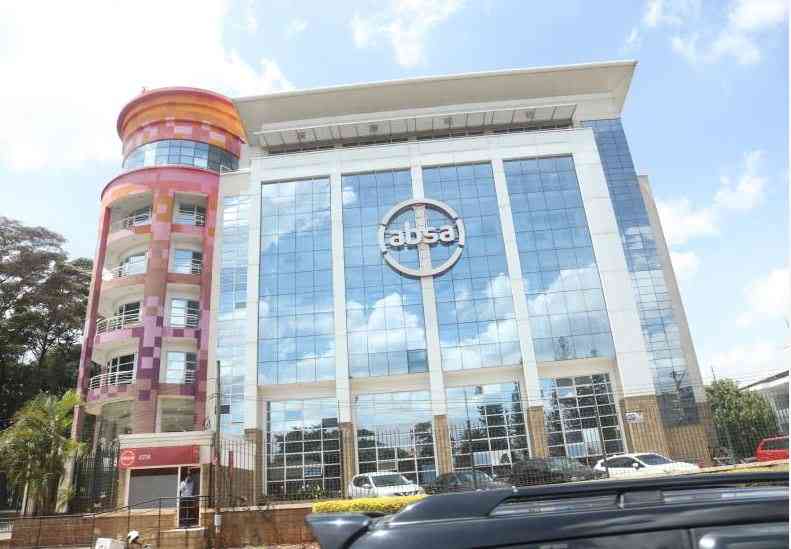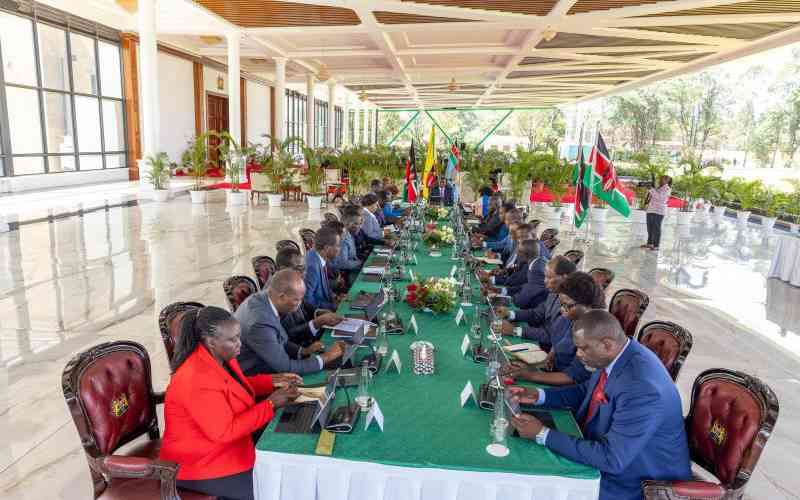
"In order to improve maternal health, we have to focus on improving all women's health and access to care - not just during labour and delivery, but before and after pregnancy, and throughout our lives."-Leana S Wen
Investment in maternal and neonatal health contributes to reducing mortality and morbidity rates among children and women of child-bearing age thus improving the overall health and well-being of individuals and populations at large. This gives infants and young children an equal opportunity to realise their full social and economic potential and contribute optimally in society. When infants and young children receive adequate care from the start, they can thrive and contribute meaningfully to society better.







